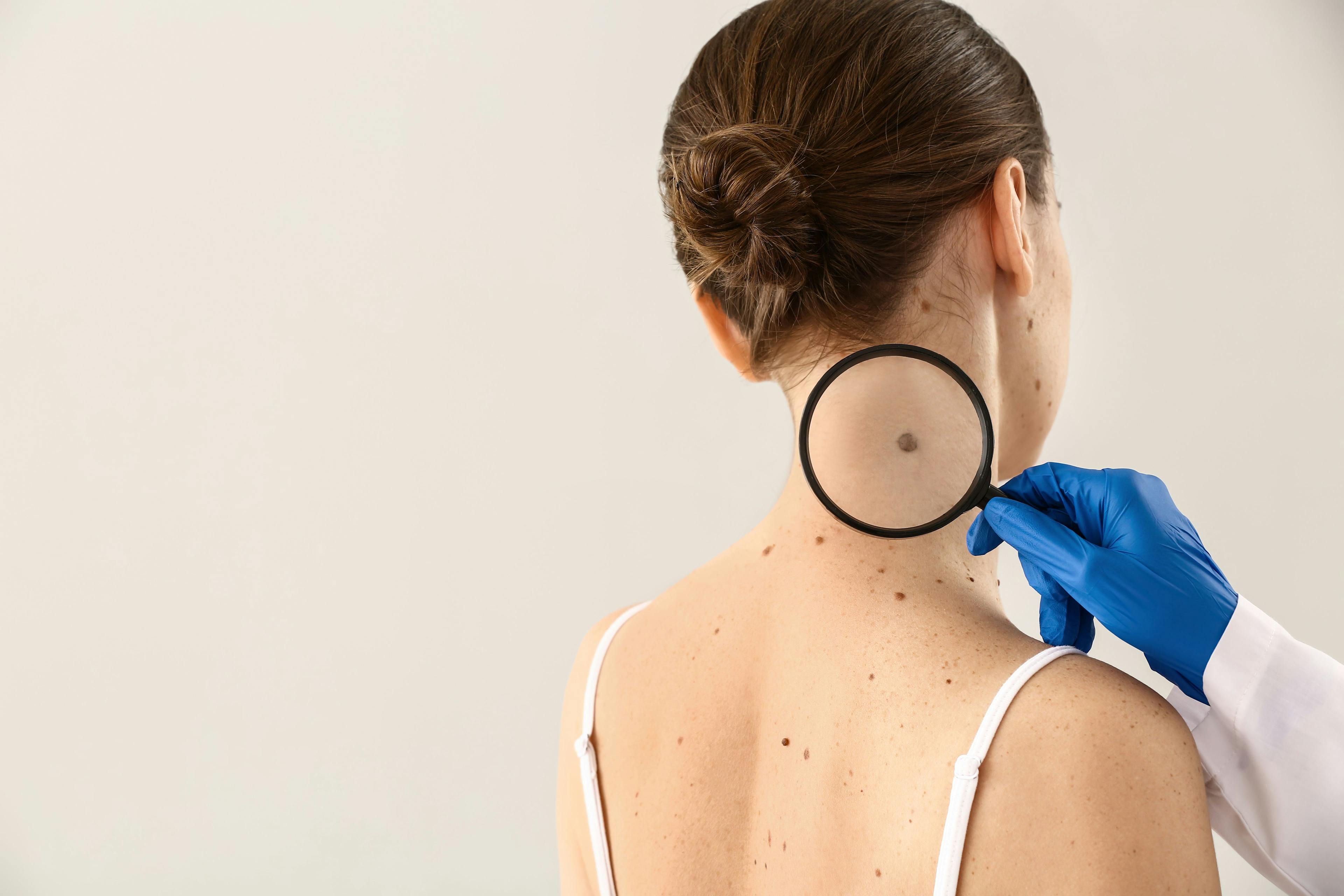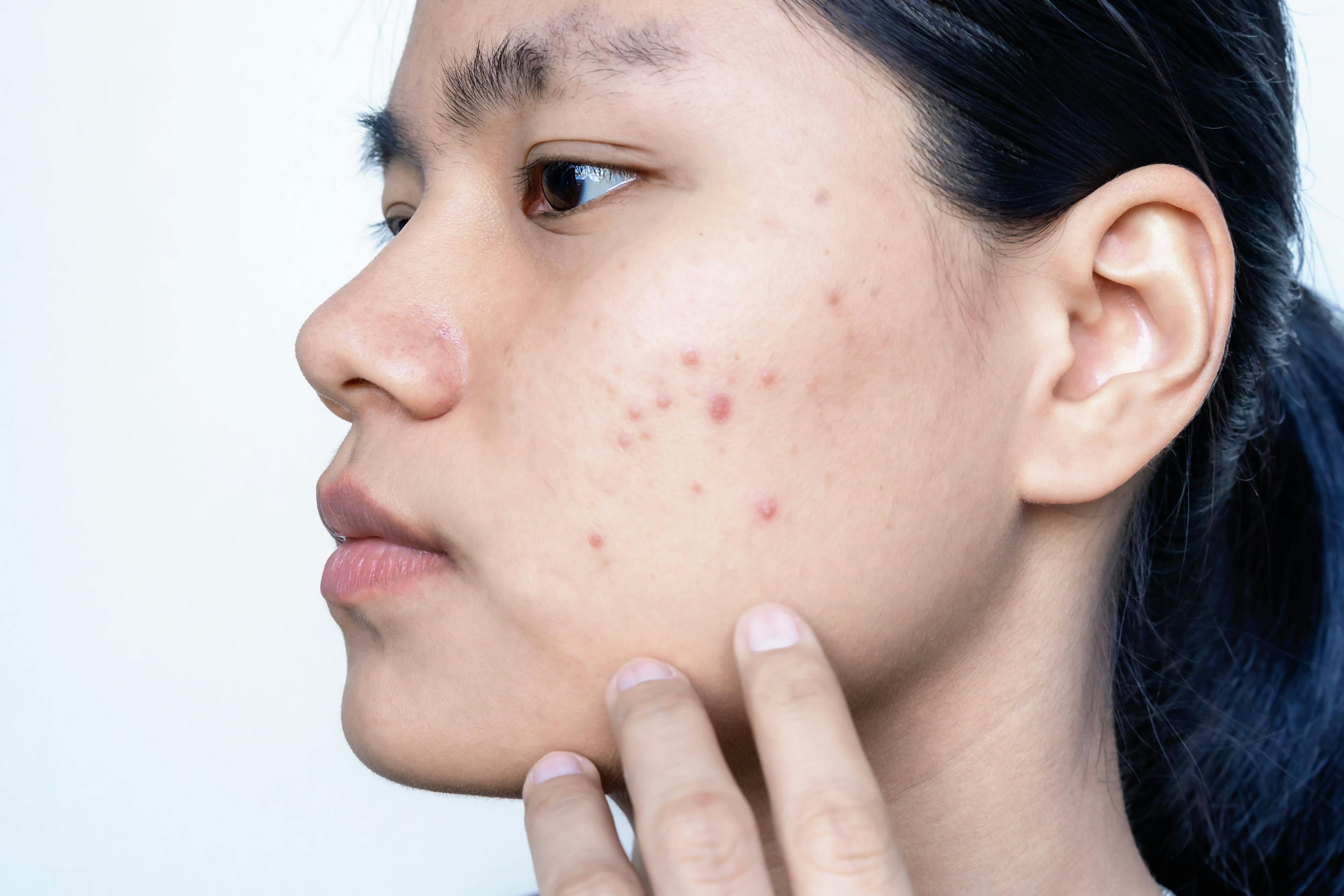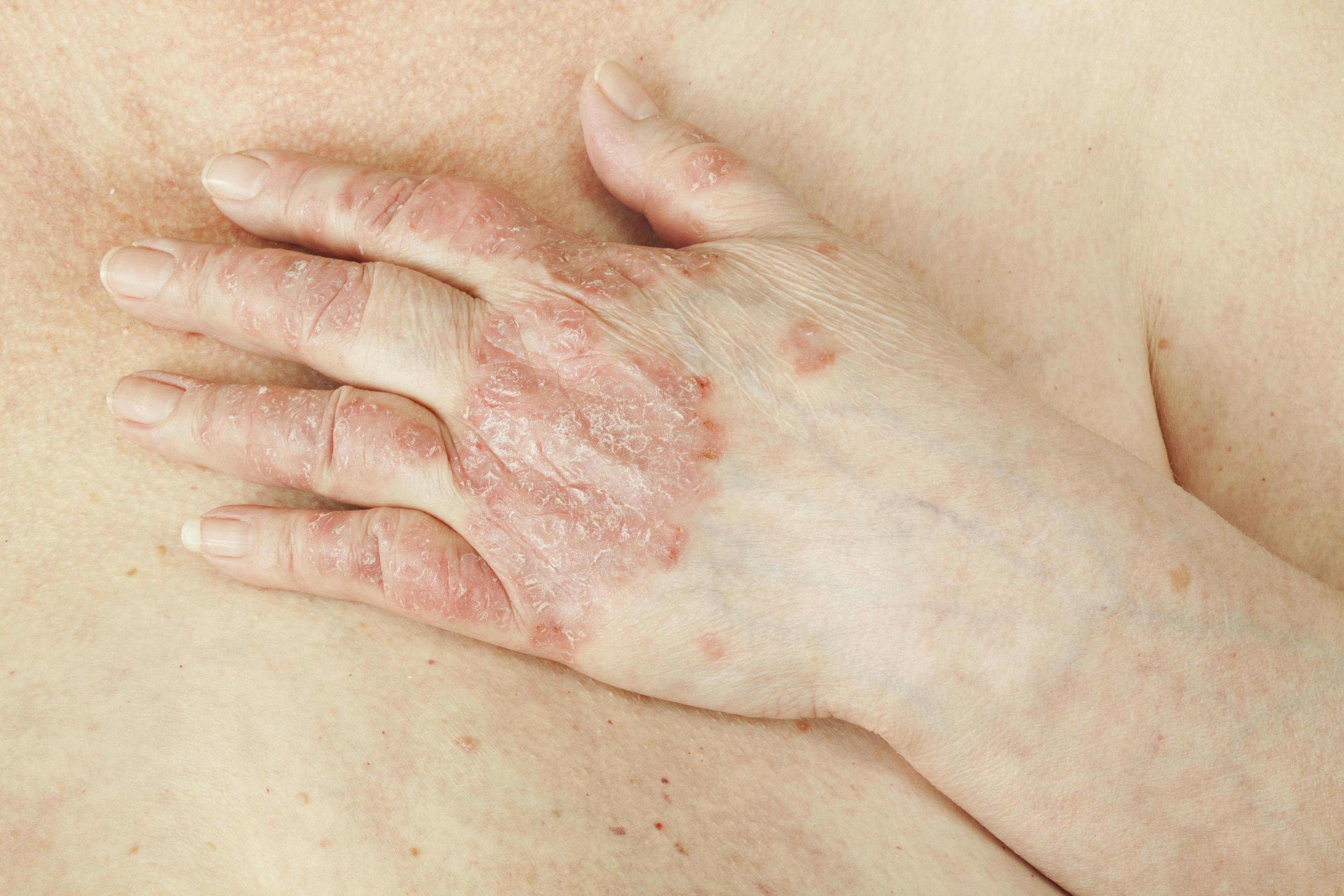- Acne
- Actinic Keratosis
- Aesthetics
- Alopecia
- Atopic Dermatitis
- Buy-and-Bill
- COVID-19
- Case-Based Roundtable
- Chronic Hand Eczema
- Chronic Spontaneous Urticaria
- Drug Watch
- Eczema
- General Dermatology
- Hidradenitis Suppurativa
- Melasma
- NP and PA
- Pediatric Dermatology
- Pigmentary Disorders
- Practice Management
- Precision Medicine and Biologics
- Prurigo Nodularis
- Psoriasis
- Psoriatic Arthritis
- Rare Disease
- Rosacea
- Skin Cancer
- Vitiligo
- Wound Care
Publication
Article
Dermatology Times
The Inside Look on the Dupilumab Approval
Author(s):
Amy Paller, MD, chair of the Department of Dermatology at Northwestern University’s Feinberg School of Medicine, sits down to answer the important questions on this FDA approval.
Q: How does the approval for dupilumab [Dupixent; Sanofi and Regeneron Pharmaceuticals, Inc] in the 6 months to 5-year age group change the pediatric atopic dermatitis [AD] treatment space?
Amy Paller, MD, chair of the Department of Dermatology at Northwestern University’s Feinberg School of Medicine: We have been so fortunate to have a medication that has such a great safety profile, and yet does a wonderful job just as well, if not better than what we've seen before with immunosuppressants for children. As we get younger in age, we can have [severe cases of AD in] children. Not only is it wonderful to have that kind of safety, where we don't even have to draw labs, but we could be resetting their immune system towards a more normal life, maybe even preventing the development of some of the comorbidities [associated with AD] in addition to making their quality of life [QoL] and their families [QoL] better.
Q: How does the mechanism of action in this treatment work in this young population?
A: It works, as far as we know, just as it does in any other population. The mechanism of action, of course, is inhibition of [the interleukin (IL)-4 and IL-13] receptors. Since there's such a dynamic interplay between these signals, and everything that we see in [AD], whether it's the itch, the thickening of skin, [or] potentially even some relationship to the development of comorbidities. We really don't understand [the relationship to comorbidities] well. But as you can imagine, if you can block the signal that really increases levels of cytokines and chemokine, not only in the skin, but in the blood as well, then, we're hopefully dialing down signals that ultimately cause damage.
Q: Were there any adverse events more prevalent in this patient population?
A: No, that's why [dupilumab is] so exciting. We certainly didn't see anything that we've not seen before. There are low rates of everything. The only [adverse events] out there were injection site reactions, but that wasn't terribly different. [There was a] very low risk of [injection site reaction]. [The greater adverse event] was conjunctivitis, but again, very low risk.
Q: How does the dosing work? Is it the same loading dose process as the other pediatric patients that are already approved to take this?
A: There is no loading dose. So, it's a single injection. Other patients do get a loading dose, but not so with this age group in the studies. It’s good to know that's not needed. Secondly, we have to teach the parents how to give the injections and do things that are comforting to the babies. It's like giving any kind of a vaccine in the younger children, we try to have them sitting upright in the parent’s lap in a comfortable, not restrictive position so that they don't get scared and trying to do something with them that is disrupted.
We have tricks that can be used to create decent tactile stimulation near the area where the injection is going in. We have a lot of tricks up our sleeves that we can use in younger children to try to help them to have less pain with this very short injection.
I can't wait for the day when the pen form [of dupilumab] is available in the younger patients. Right now, it's only available for 12 years old and older. [In the pen form] there is no needle to be seen, it takes less time, and it’s superior because a lot of parents know about epi pens already.
Q: And what happens if a patient's parents wants or needs to discontinue treatment for their child?
A: Well, I think this is an interesting age group for that question. Usually, we're talking about adolescents who've had [dupilumab] for years, and oftentimes, it's probably not going anywhere fast. Especially once we get to about 10 years of age, with these young children, that's not necessarily the case.
I have a lot of excitement about the potential for resetting, with some very aggressive management, those [patients] who don't respond to the topical therapies very well. We see the possibility that when they're very young, with suppression for a period of time, maybe they won't need it [for as long.] We don’t know that there's no studies to that, but we might rethink a little bit this concept of having to do this very long term. That said, I probably personally, would keep [a patient] on it for at least several months.
The older children, we always say at least a year, maybe even 2 [of active treatment]. [This will] give the family a break, [increase] quality of life, make sure to give them enough time to really get away from their [AD]. It’s a terrible effect on their life that occurred before starting the dupilumab.
In this case, “I would probably say ‘were going to have to get some experience.’” But like with older children, after a period of time, and maybe that's going to be 6 months, rather than a year or 2, I would start to space out of bit from every 4-weeks to perhaps every 5-weeks, every 6-weeks, whatever it might be, and just see if they're flaring. Obviously, if a baby is doing quite well on the dupilumab, but still has disease activity, you're not going to do well to stop the medication. On the other hand, somebody who's clear or very close to clear, I think it is a good idea to try to space out. If things go well try to stop it and control [the AD] with topicals that we couldn't use before, or maybe not even need anything at all.
Q: Would this be able to be used in combination?
A: The studies were done with topical steroids in this [6 months to 5 years] group, as well as in the age group of 6 to 11. We do have some experience with topical steroids. It's going to be an individual [patient treatment recommendation]. I know there are going to be many children who don't need topicals at all.
You wonder, “do you want to continue with the systemic?” I think, in my own experience, that if a physician is having to put a medium strength or higher topical steroid on someone at least once a day, and not seeing clearance, think about moving to something that's relatively safe and can give [the patient] better results. There is a significant burden with trying to put on topical steroids, sometimes twice a day, and all the routine that goes with that. When somebody is putting on daily, at least a medium string steroid ointment they are getting absorption. We know they're getting some absorption and that hasn't been well studied. But I do worry about that.
I really think carefully about that and using shared decision making with the family to decide whether it's worth trying to [try another medication], even if there can be at least partial control with a medium strength or more potent tropical steroid.
Q: Are there any concerns about insurance cost or availability?
A: Access is the biggest issue we have. These are expensive medications and we as caregivers have to keep that in mind. Not just for the individual patient, but for society as a whole. We can't put everybody with [AD] on a medication that costs several 1000’s of dollars every year. That said, we don't want to withhold that from someone who really could have a much better life using the medication. So, that's part of being a physician. We have to make these kinds of decisions.
Fortunately, in patients who are deserving based on the severity of their disease, when one has tried other medications, and particularly topicals, we've been largely able to get it for these patients. Of course, it has to be on label, and we do have to try the whole series of topicals. Even if we think from the start, that it may not work. In this particular age group [of 6 months to 5 years], I have been very gratified by the large number of patients who come in with severe [AD], particularly in the first year or 2 of life, whom I can manage beautifully with topical steroids and often really dialed down their need, after hitting them hard with fairly aggressive management, and getting that under control.
Q: And is there anything else that you'd like to add about this at all?
A: I think that the important point is that parents are very worried about the children. [AD] is a horrible disease. Can you imagine having such sleep disruptions? [Patients] scratching all the time creating infections on the skin. [It can] really disturb their ability to develop socialization skills, their ability to sleep, their mental health, there's much more anxiety and depression, even at young ages.
It's gratifying to have something that is safe [and] doesn't even require lab testing that we can introduce, when it's appropriate. Making the decision about when it's appropriate is a tough one because nobody wants to give a child, especially in this age group, shots. That causes pain for anyone. We don't have any way to totally eliminate that pain, even if we put on a topical anesthetic.
So, I think we have to be grateful, because the injection is only every 4-weeks and recognize that it's critically important regardless of [its potential pain], to utilize a relatively safe medicine, and improve somebody's life.

Newsletter
Like what you’re reading? Subscribe to Dermatology Times for weekly updates on therapies, innovations, and real-world practice tips.


























